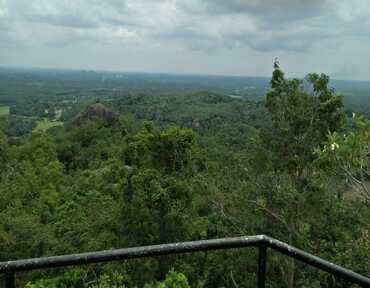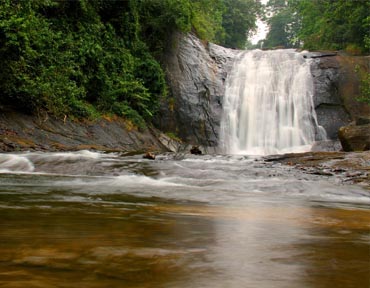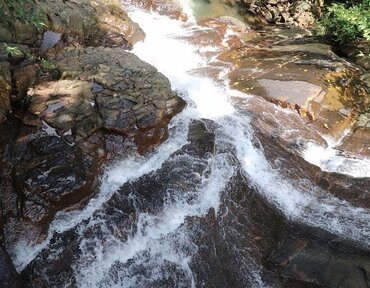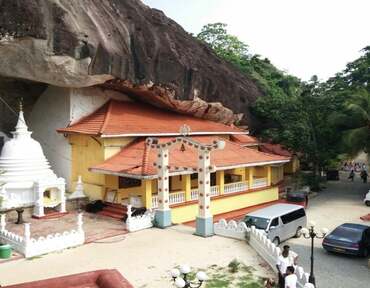



The destinations in Sri Lanka always have their own stories, oftentimes attributing to the legends holds dear by the locals in honor of rulers, gods or any other respectable ancient figures. Makeli Ella is the same holding the belief of people who tells a legend of Vidiyabandara, a ruler of the region ascending as a deity named Makeli. Thus the name Makeli came to be in identifying the nearby waterfall. The waterfallis most popular amongst the domestic tourists and explorers when the development of roadways commenced. Oftentimes the waterfall and its immediate area is subjects to the rituals, religious events and many events that culture of the area seemed appropriate. This valuable water source located near the Lathpandura, Agalawatta in Kaluthara District. Beside the amazing views and activities, the relatively isolation has the perfect opportunity to house the bio-sensitive area. The Flora and fauna of the area are the most eye-catching and always monitored to ensure the perseverance of the endangered species.

Ranmudu Ella, also known as රන්මුදු ඇල්ල, is a beautiful waterfall located in the Thummodara area near Avissawella in the Colombo District of Sri Lanka. Approximately 15 meters in height located near Labugama reservoir, and Colombo District. The water of the fall is very cold and clean, making it a refreshing experience.

Ancient geographical milestones ate the most veritable sources of historical knowledge and wonders of Sri Lanka. Amongst such milestones, the Maniyagama Rajamaha Viharaya holds an immeasurable amount of artistic, architectural, historical and geographical value. In the historical folklore the Maniyagama was a linking junction of ancient Anuradhapura Kingdom and the Western region of Sri Lanka, and even the geographical deposition aside, the Maniyagama Rajamaha Viharaya itself is the most significant in its inception by King Valagamba and the later years the renovation by King Keerthi Sri Rajasinghe. Historically it played a pivotal role in not just as slinking road junction, but also as a strategic military stronghold, proven by the role this destination played in the battles between Seethawaka and Kotte Kingdoms as well as the Kingdoms resistance against Portuguese. Above all these historical values, the natural and Environmental features of the destination had added breathtaking attraction via curved roads, forest ceilings, outside and out of reach from unending urbanization, thus maintaining the nature value bestowed on the land to great extent. The architectural designs only added more prominent features to the land giving the mysterious quality people seek in a destination that has been a central point of many wars in the past. The Kandyan style roofing, long verandas, granite pillars, the makara thorana, the mural arts, ceiling, walls and shrine arts given the place exterior ambience that suitable for the destination.